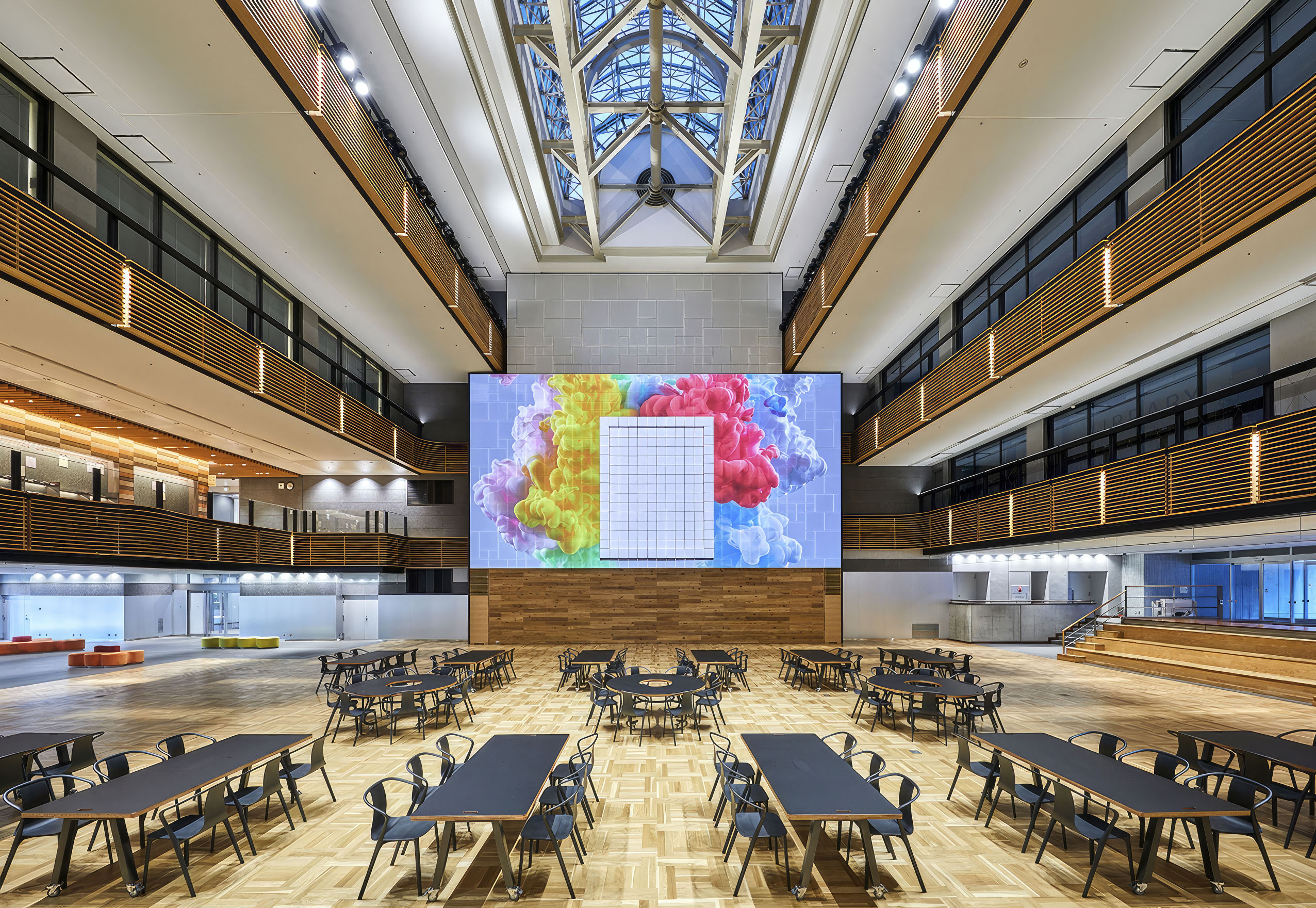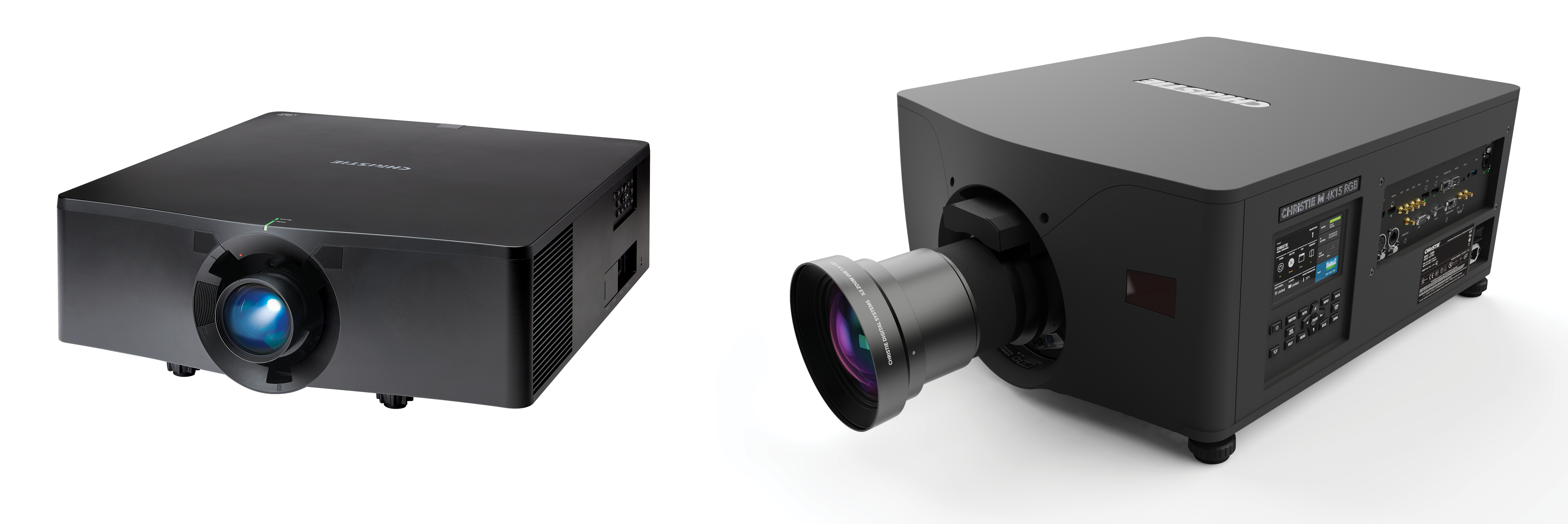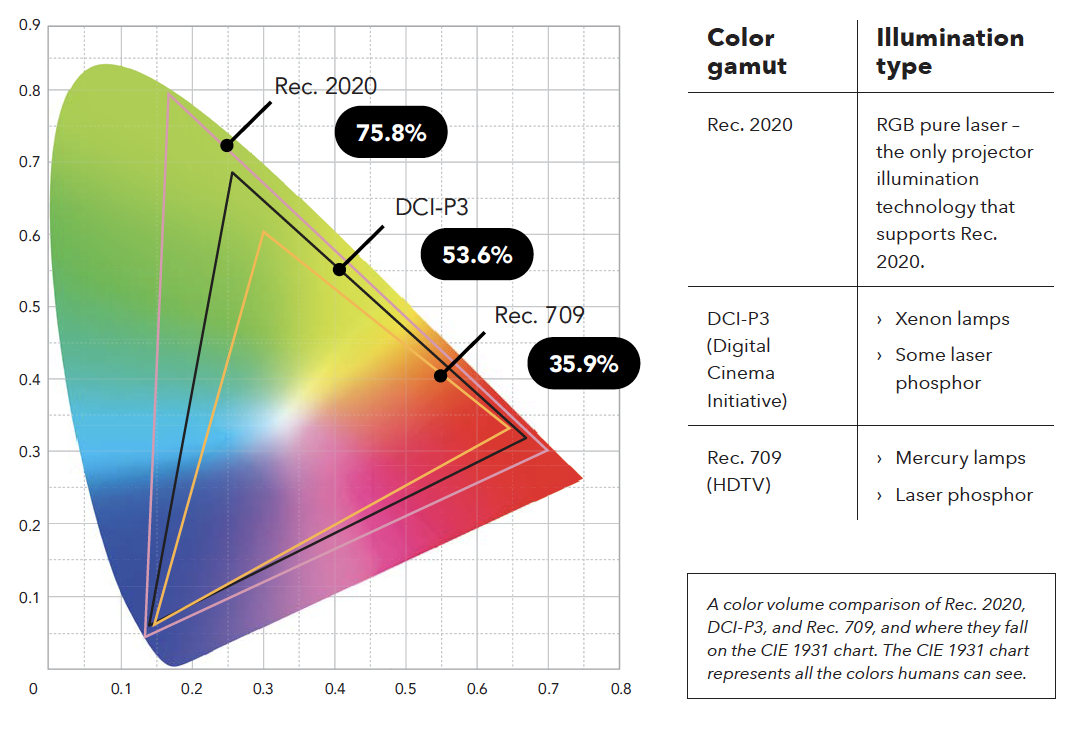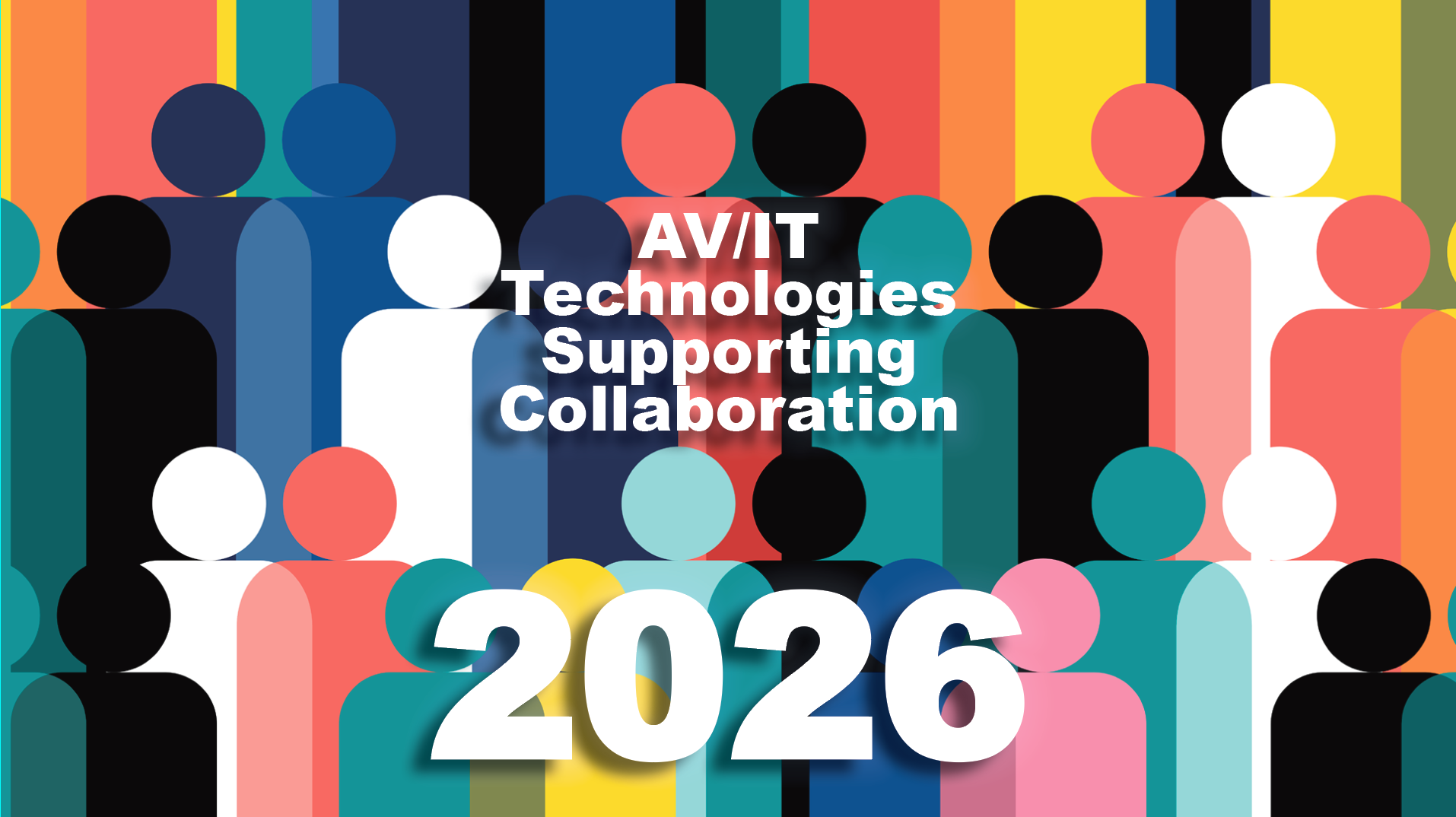Why the Right DLP Projector Makes All the Difference: 1DLP vs. 3DLP
Thoughtfully planned projection has the power to leave audiences awed, educated, or ready to close the deal. But with so many products on the market to choose from, where do you begin?

AV Technology sat down with Joel St-Denis, director of product management at Christie, to discuss the ins and outs of choosing the right projector (or projectors) for your unique environment.
Take a Look Around
How much ambient light—natural or artificial—is in your space? What are you projecting onto? How big is the room? How far will the projector be from the projection surface? What’s the viewing distance? Are there any potential obstructions to the light path? Will your content mostly include spreadsheets and presentations—or will you display colorful, detailed visuals?
The answers to these questions will help determine your specifications for brightness, resolution, contrast, and lens throw distance. It will also help you determine how many projectors you need and their placement.
“It’s all about what you’re trying to achieve,” St-Denis said. “You might walk into a corporate lobby and there's a 3D sculpture or logo that they're projecting onto, and it can have some subtle movement that makes it look alive. 1DLP projectors are often used to do projection mapping in those types of applications, because you don't necessarily need 4K resolution or max brightness.”
When it comes to more powerful 3DLP or 3DLP RGB pure laser projectors—St-Denis emphasized that while they may not be necessary for your typical office PowerPoint presentation, the enhanced color performance is an outright requirement for some clients.
“Let's say you're an ad agency working with a popular cola brand; and you need to present their ‘cola red’ in the marketing materials you're presenting to them. You need to make sure that the color fidelity is identical to their brand Pantone color.” He continued, “If it's a multi-million-dollar project that you're pitching, you have to reproduce their brand color perfectly if you're going to be selling them based on what they see on the screen.” With twice the color performance, RGB pure laser will ensure every brand color is shown accurately on screen.

Compare Christie Projection Technologies

A Crash Course in Color
The common thread between 1DLP and 3DLP laser projectors is, the DMD or DLP chip, of course. The difference is that 1DLP uses only blue laser diodes and shines it through a yellow phosphor-coated wheel. It allows some of the blue through specific segments in the wheel while also creating yellow light which is then separated into red and green. The three colors are sent to the single DLP chip, which sends the light out through the lens. This process differs from 3DLP RGB pure laser projectors—where individual red, green, and blue laser diodes operate at specific wavelengths to produce pure colors and each color uses its own DLP chip, which is then combined to produce white light and all the colors of the spectrum.
A daily selection of features, industry news, and analysis for tech managers. Sign up below.

In fact, RGB pure laser is the only projection technology capable of reproducing approximately 98 percent of the Rec. 2020 color gamut. It’s for this reason, according to St-Denis, that while the method of producing light does vary between projectors, the primary difference you’ll hear about from customers is the need for color fidelity.
“If you ask the average person who's had an experience with both 1DLP and 3DLP, usually the typical comment they'll make is that the color reproduction from 3DLP is top of the line,” St-Denis said. He elaborated using the image of a red apple: “A good way to visualize this is to imagine you have three projectors side by side. You will notice that the image and color fidelity get better as you look from 1DLP to 3DLP to pure RGB 3DLP.”

Brilliance On a Budget
Almost without fail, customers cite cost as a high priority when evaluating projection technology. And while price is important, it’s simply the starting point as you narrow down the field.
At the higher end of the scale are 3DLP and 3DLP RGB pure laser technologies—designed for higher performance, larger-scale visuals, and more demanding environments. However, a heavy-hitting projector doesn’t always come with a hefty price tag. With more budget-friendly 1DLP projectors, you can find several that still offer high brightness, 4K UHD, and very good image quality to suit your project.
“Many schools and universities use projection for lectures, where they want to project a larger image—they're almost always going to be 1DLP-type projectors because they don't necessarily need the color fidelity of three-chip, or the extra cost associated with it,” he said. “It's fantastic for showing YouTube videos or course content, and it's at a price point that's less than three-chip DLP.”
Whether your setting is a classroom, an office lobby, or the side of a building, it’s important to remember that the right projector isn’t necessarily the brightest or most expensive; it is, quite simply, the one that’s right for your application.
For a deeper dive into projection technologies, download the Christie Projection Selection Guide
The staff of AV Technology serves the community of decision-makers comprising AV/IT technology managers and directors, instructional technologists, and anyone making or influencing AV/IT technology decisions within their respective facilities and institutions.
